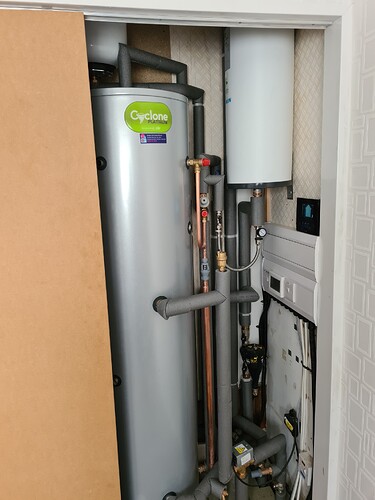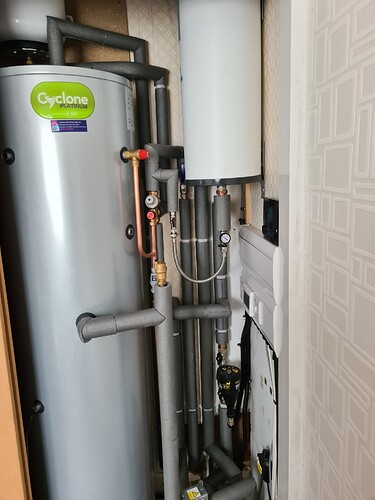Hi,
This is my first post here, so hello.
I have a Daikin Altherma 3 installed by Octopus Energy around 3 weeks ago. The model number is EDLA09D3V3.
The installation went really well and they have done a really good job, it’s very tidy and I am happy.
Apart from on the day of commissioning we have not used the heating for obvious reasons but the hot water is working well and we are so pleased to have got rid of what we had before.
There is one part of the system that I am not so thrilled with and that is the information available regarding efficiency.
We are using the Daikin MMI and a Madoka thermostat and it’s all really good apart from the data on energy consumed and heat produced.
I dare say this will be a common and popular setup given the number of installations that Octopus are carrying out and I would guess that other people would like access to better data than you get as standard.
I want to do something about this before the winter comes.
I can see that I have three options.
First would be to stick with what I have.
Second would be to access the data from the heat pump via one of its serial ports and do something with it in Home Assistant.
Third is to buy and have the Openenergy monitoring system fitted.
I favor the third option as I believe it would give me the most accurate results.
I understand that Octopus have fitted the Openenergy system to some installations and I wish that they had offered me the option of this at the planning stage, it would have been really easy to install at the same time.
My only real concern about fitting the system is finding somebody to do it that understands what is required and the only way I can give myself the best chance of it not going wrong is to make sure I know what is required.
I think I understand where everything will go and I have some photos of the installation that I can post if it will help.
I would be interested to know what anybody in a similar situation has done, particularly owners of the same heat pump.
Thanks in advance for any replies.
Matthew.


